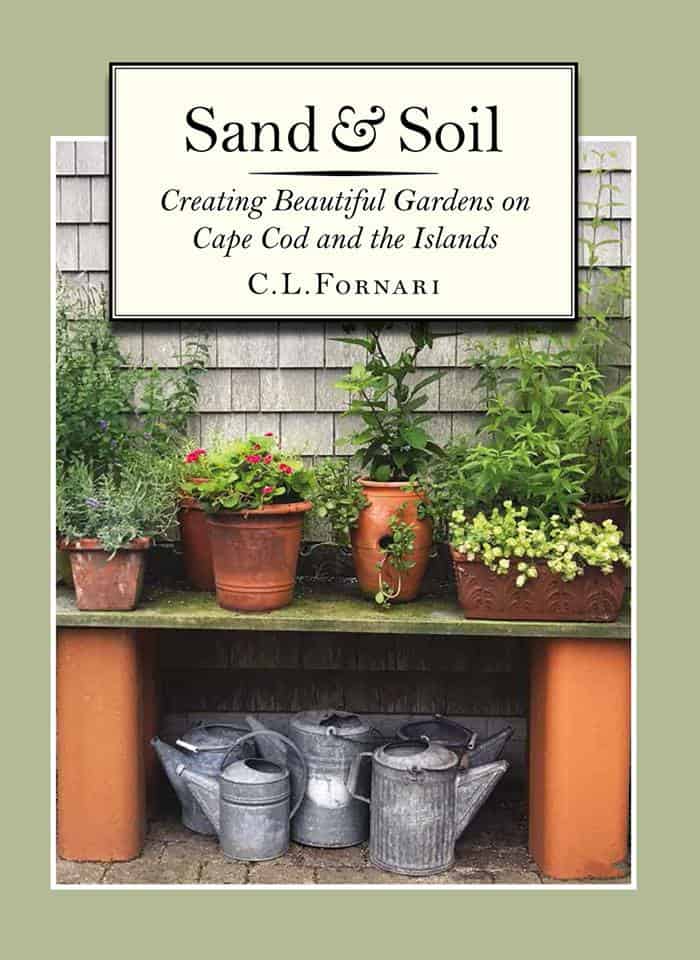Indoors under lights or in a very sunny window:
February-March: Peppers.
March-April: Tomatoes, eggplant, kale, broccoli, cannabis. (The earlier you start these seeds, the better lighting you will need. Keep plants about 3” from lights so they don’t get too leggy. A fan on the seedlings is also helpful.)
April on: perennials, slow-to-germinate annuals, leeks. (Read the labels)
Mid-April to early May: faster to grow annuals such as zinnias, cosmos, gomphrena, nicotiana, cleome, etc.
Do not start annual vines inside too early, or plants that don’t like transplanting, such as poppies. It’s better not to start squash, cucumbers, beans, or peas inside; sow these directly into the ground once the soil is warm. Do not start root crops inside.
Outdoors – sowing directly into the ground.
February-March: wildflower seeds, Verbena bonariensis and others that need chilling.
March-mid-April: if you sow seeds now, they will either take longer to sprout or rot in the ground. The time for germination depends on soil temperatures. (For a great chart about how long seeds take to sprout at different soil temperatures, go here: http://sacmg.ucanr.edu/files/164220.pdf
Mid-April to late-April: lettuce, beets, radishes, peas, arugula, mustard greens, pak choi, kale.
Late-April to mid-May: kale, chard, broccoli, Brussels sprouts, lettuce, beets, radishes, peas, arugula, mustard greens, pak choi, cilantro, nasturtiums, annual poppies, dill, most biennials, potatoes, carrots, turnips.
Mid-May to early-June, depending on the weather. Plant these when night time temperatures are reliably above 50 degrees: squash, cucumbers, beans, red noodle or yard-long beans, poppies, nasturtiums, leeks, onions.
Late-May to mid-June: Sunflowers, nasturtiums, zinnias, alyssum, nicotiana.
For plants grown indoors, harden them off slowly by gradually introducing them to real sun and wind. Since the nights are often cool in the spring, bring them indoors at night until late-May. Once they are used to the sun and 24 hour temperatures you can plant them in the garden.
Tubers such as dahlias get put into the soil from mid-May on, depending on the weather.
In areas like the Cape and Islands where we live close to the ocean, spring temperatures stay colder for longer. Don’t think that planting seeds in June is too late!
In this region, seeds for the following can be repeatedly sown through the summer: lettuce, arugula, radishes, carrots, mustard, pak choi, kale, dill, cilantro, chard. Plant by early August for harvest from October into January for frost-tolerant crops such as kale.
Spinach and garlic are planted in October for harvest the following year.
See more about planting in this region in my book, Sand and Soil ~ Creating Beautiful Gardens on Cape Cod and the Islands. Published by David Godine.

Keep seedlings so that their foliage is about 3 inches from the bulbs on the light fixtures.

If you love cilantro, plant the seeds in the ground once a month.

When sowing zinnia seeds directly into the ground, wait until the soil is warm. With heat-loving plants it’s often better to sow the seeds in early June.

To download a copy of this timetable, click here.

Excellent! Thank you C.L.
Love this! My grow light stand and trays are up from the basement and my seed packets are spread out all over my kitchen table. I’ve gardened for more than 30 years all over the country, including Massachusetts, but having lived here on the Cape only 2-1/2 years now, I’m still trying to figure out the timing for seeds. This is tremendously helpful. Thank you!
Wish we still had the two hours with you; because I love your show so much!
Can we ask ?’s on this website?
I can answer a question or two, but prefer calls to the radio. Early in the program is the time to call. And starting at the end of May I will have all calls and no guest to start, so more calls can get through. Frankly, my one hour on NPR is the same as an hour and a half on WXTK since there are no commercials. Thanks for listening!